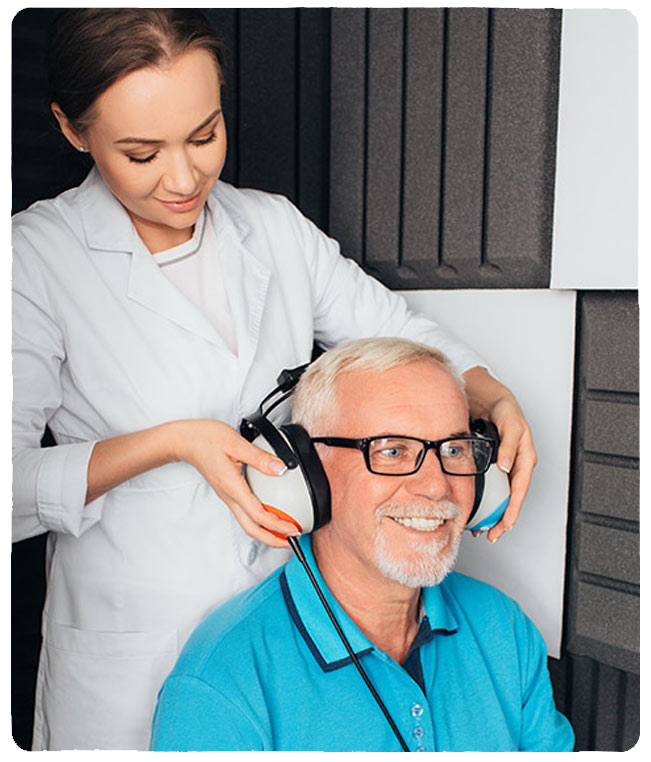The average lifespan of a hearing aid depends on several factors, including the type of hearing aid, the level of wear and tear, and the level of maintenance. Generally, the lifespan of a hearing aid can is generally 5 years.
In-the-ear (ITE) and behind-the-ear (BTE) hearing aids have a shorter lifespan than completely-in-the-canal (CIC) and in-the-canal (ITC) hearing aids. This is due to the fact that the ITE and BTE hearing aids are more exposed to the elements and are therefore more susceptible to damage.
A hearing aid that is well-maintained and taken care of can last longer than one that is not. For example, keeping the hearing aid dry and clean, storing it properly when not in use, and avoiding exposure to extreme temperatures can help extend its lifespan.
It’s also important to note that the technology in hearing aids improve rapidly, so sometimes even if a hearing aid is still working, it may be outdated and not able to provide the same level of performance as newer models. In this case, even if it’s still working, it’s recommended to consider a newer device.


